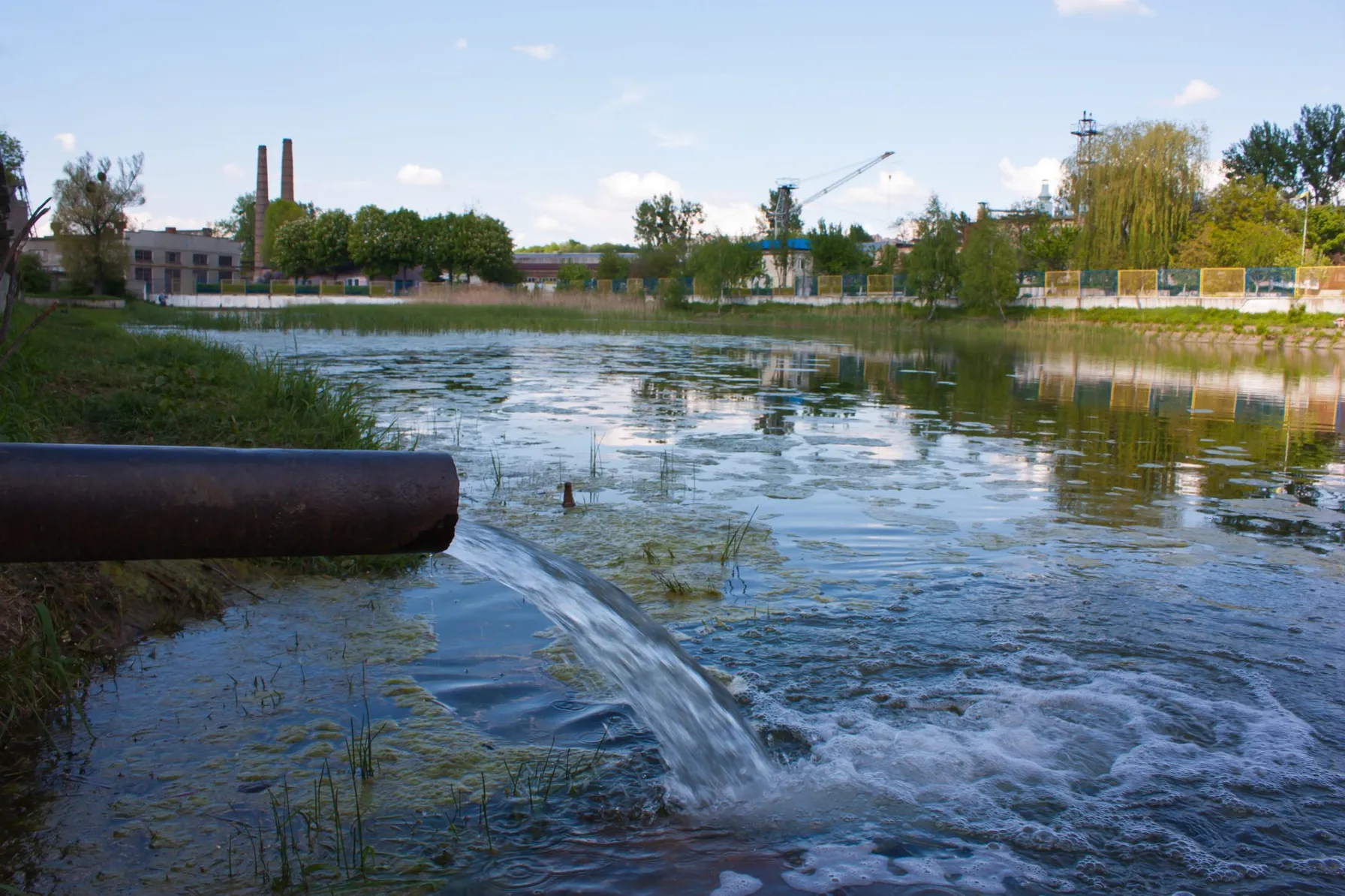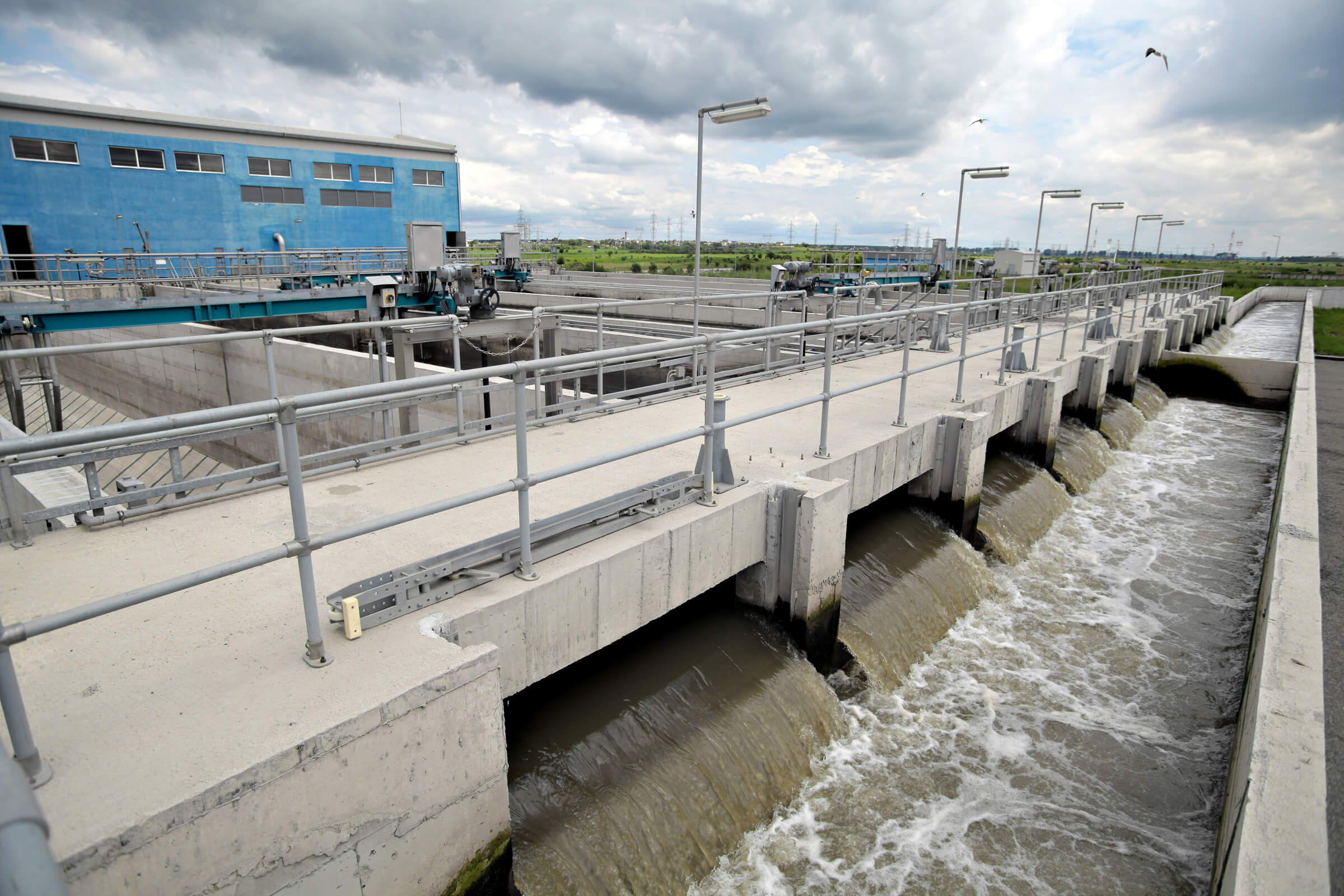Several different reporting standards exist to track your ESG numbers. Select the right framework for your business for the best results.
In recent years, businesses have begun shifting their goals to include more than achieving greater profits. Seeking profits alone may have worked several decades ago, but shareholders and investors want more out of companies today. Now, modern businesses make critical decisions that affect the surrounding community, the employees who work for them and the world itself.
Today’s markets and buyers demand that businesses prove they are socially and environmentally responsible and sustainable. This has given rise to two important business concepts — ESG and CSR.

The Definition of Environmental, Social and Governance (ESG)
ESG — or Environmental, Social and Governance — is a measurable set of criteria that investors use to determine whether a business is ethical and profitable. Companies can use an ESG model to guide their business operations to be more socially conscious in a way their existing and potential investors can see and track. Here’s a breakdown of the three aspects of ESG that investors will look for in the businesses they invest in:
- Environmental criteria: Environmental criteria reveal a company’s level of responsibility as a steward of the environment around them and nature as a whole.
- Social criteria: Social criteria look at how a company manages its relationships with its suppliers, clients, employees and the community surrounding its place of operation.
- Governance criteria: Governance criteria help investors examine a company’s leadership, which includes executive pay, internal controls, audits and the rights of shareholders.
ESG has grown as a popular way for stakeholders and investors to determine the companies they want to invest in, especially in light of today’s increasing demand for corporate social responsibility.
The Definition of Corporate Social Responsibility (CSR)
Corporate Social Responsibility (CSR) refers to the idea or concept that a company has a responsibility to care for the society existing around it. In other words, CSR is a guide for shaping business policy to emphasize social responsibility commitments. This responsibility starts at the top and trickles down into many aspects of a business’s operations. It can become a part of the company’s internal culture and even help its public image.
CSR helps companies organize themselves to facilitate action for giving back or investing in society. It’s a way for businesses to self-regulate their social and communal behavior using strategies and initiatives that help a company reach its CSR goals.
These goals vary from business to business. This makes CSR a more individualized approach to social responsibility. Companies using a CSR framework often discuss the “triple bottom line,” which includes profit, people and planet as the three pillars they’re committing to upholding.
Major Differences Between ESG and CSR
When it comes to ESG vs. CSR, both are useful for a business’s efforts toward greater social responsibility on many levels, but they have some major differences, especially regarding the benefits they can provide. Here’s are the three main differences between CSR and ESG:
Measurability: The ability of entities to measure the results of ESG and CSR may be the most crucial difference between the two terms. CSR is an internal framework for companies that can be hard or impossible for outside observers to measure objectively. ESG is highly measurable and quantifiable. This is crucial for investors and stakeholders needing fact-based evidence. CSR leans toward quality, while ESG leans toward quantity.
Usefulness: CSR and ESG are useful, but the question of who is using them is what differentiates them. Companies use CSR to reach internal goals, including achieving greater social responsibility and developing healthy, sustainable workplace cultures. Outside entities interested in investing in a company will use ESG to gain the measurable proof they need regarding the effectiveness of these efforts.
Communication: ESG and CSR offer different communication opportunities. A CSR framework can help a company better communicate its values to its employees and stakeholders, fostering a better work environment and potential for recognizable community outreach. An ESG framework will help a company prove to current and potential investors that its efforts for social, environmental and governance responsibility are paying off.
Should Businesses Consider Implementing Both?
Although CSR and ESG have their differences, both should be a part of a business’s efforts to become more responsible for its employees’ well-being and the well-being of the environment and community that surround it.
At first glance, it may seem like ESG is the latest evolution of CSR since it gives quantities for the quality that CSR initializes. ESG may seem newer and better or like it gives the best results to businesses, stakeholders and society at large, but CSR is still important and can provide some key information to customers and stakeholders.
CSR is the first step a company might take to display its commitment to the important issues of their buyers, shareholders and employees. It displays that the company is making a concerted effort to be more transparent in its social responsibility. Then, the company can begin incorporating ESG into their business model to get more quantitative data on how their efforts are making a lasting difference.
5 Steps for Moving From CSR to ESG
Here’s how a company can make the transition from CSR only to incorporating ESG into their business practices:
Materiality mapping refers to your business’s determining the issues that are most important to your industry. This ensures the ESG efforts you’re taking and the goals you’re setting are relevant.
Be ready to answer the “so what?” questions. These are the questions your stakeholders and investors will ask about various topics, financial statement items or risk factors. Identifying these questions ensures you can provide the right ESG data to answer them.
You’ll need to help your board members understand the importance of ESG reporting and the value it can provide by bringing on more investors. Investors will feel more confident about investing in a company if they see that the board is on the same page as the company regarding sustainability efforts.
Report your progress at specified times to show your board and investors how your ESG efforts make a difference.
Adapt to
Change
Partner With TRC’s Tested Practitioners
Contact Us for ESG Consulting Solutions
If you need help creating an action plan for your ESG framework, TRC is the answer you’ve been looking for. Our ESG and sustainability advisory services can help you achieve a framework tailored to your company’s unique needs.
A crucial part of obtaining your ESG goals is showing that you’re committed to reducing and recycling the waste that results from your industry activities.
Contact us today to take the next step!





















